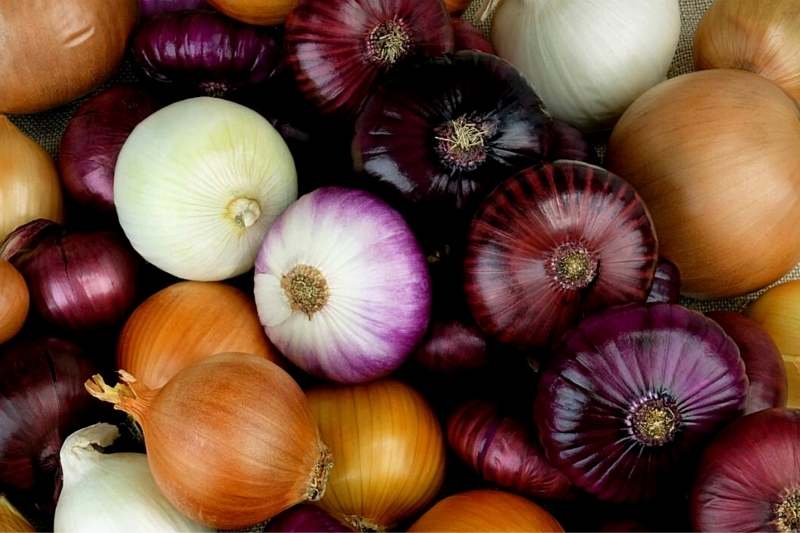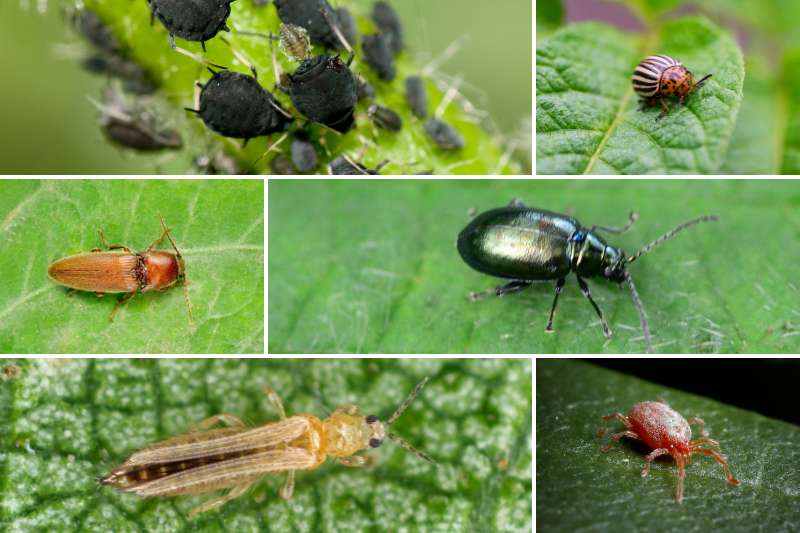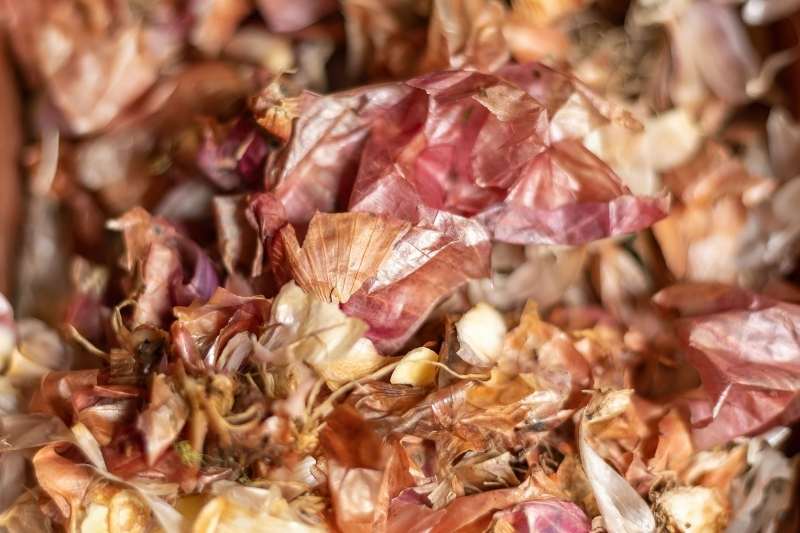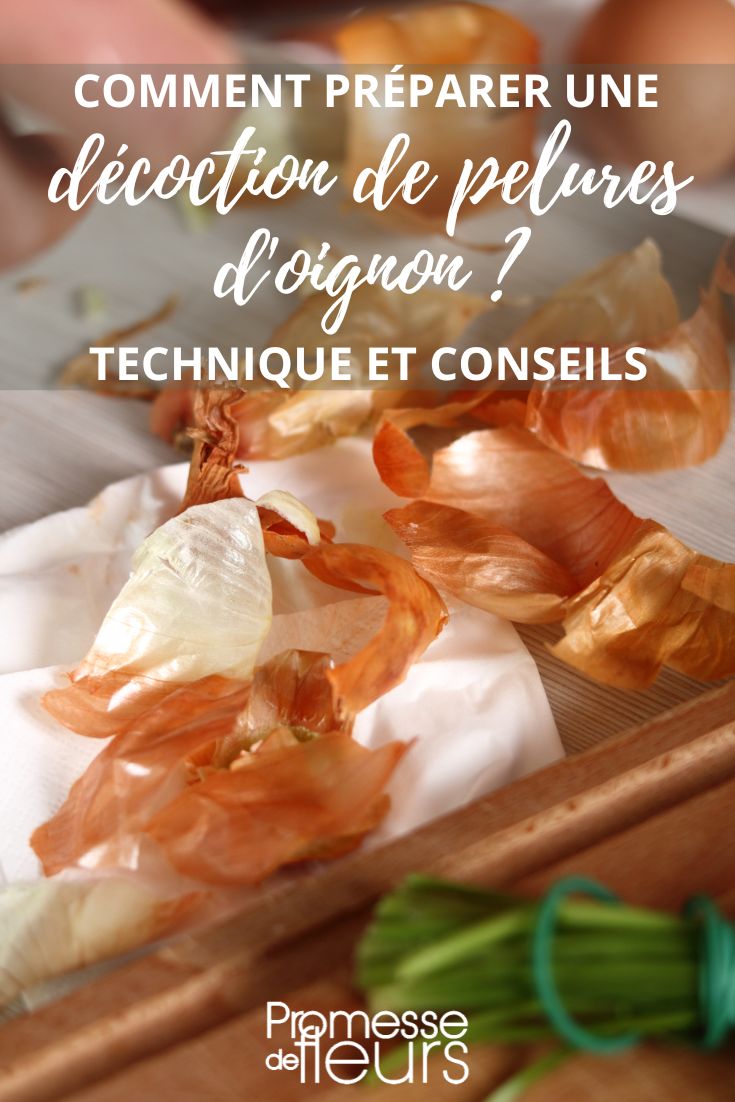Your pissaladière (a Provençal culinary speciality) is in the oven and a delicious smell of onions fills the kitchen. On the work surface, the peelings are piled in a heap. Of course, you can put them in compost, where they will break down like other organic waste to feed garden or vegetable patch soil. However, onion peels, instead of being thrown away, can be turned into a decoction beneficial for your plants, vegetables and soft fruits, promoting their well-being, protection and growth. Let’s see how to prepare a decoction with these peels from white, red or yellow onions, very useful in garden and vegetable patch.

Decoction and infusion: what's the difference?
Infusion and decoction are natural plant-based preparations used to extract their benefits. Difference between the two preparations is slight but real.
- An infusion consists of placing fresh or dried plant material in boiling water and leaving to infuse for a few hours until completely cool
- A decoction is prepared differently: soak fresh or dried plant material for 24 hours in rainwater, then bring to the boil for 20 to 30 minutes. Leave to cool and strain.
Why are onion peels useful?
Onions offer many health benefits. The same applies to peels, which protect the edible bulb. These peels, sometimes called the outer tunic, show different colours depending on species and variety of onion. They are reputed to be rich in minerals and nutrients.
Onion skins appear particularly rich in vitamins A, B and C, in minerals (potassium, calcium, magnesium and phosphorus) and in trace elements (iron, copper, zinc, manganese). Onion peels would also contain quercetin, an antioxidant flavonoid, and sulphur-containing compounds.
What is an onion peel decoction used for?
This infusion of onion peels plays two essential roles in garden or vegetable patch. It can be used as a natural fungicidal treatment, or as an insect-repellent and insecticidal treatment against pests that attack vegetable or ornamental plants, even houseplants.
- Protect plants against pests: active compounds in onion peels act as a natural repellent against certain insect pests, such as aphids, Colorado potato beetles, wireworms, flea beetles, thrips, spider mites, ants…
- Prevent fungal and bacterial diseases: onion peel infusion helps to prevent or delay the onset of fungal diseases such as downy mildew or powdery mildew, as well as septoria.
- Strengthen and fortify plants: active compounds in onion peels help increase plants' resistance and boost vigour.

How to prepare an onion peel decoction?
This decoction is prepared from 100 g of onion peels per 1 litre of water.
- Cut peels into small pieces.
- Place pieces of onion peel in a suitable pan and cover with one litre of rainwater.
- Leave to soak for 24 hours (this step is optional).
- Bring to the boil.
- Reduce heat slightly to maintain a gentle boil.
- Let simmer for 20 to 30 minutes over low heat. Partially covering with a lid helps limit evaporation of active compounds.
- Remove pan from heat and let mixture cool to ambient temperature.
- The next day, strain the preparation and store it in a perfectly clean glass bottle.

This infusion of onion peels keeps for one week in the refrigerator. Infused peels can be added to the compost heap.
How to use it?
This infusion should not be applied undiluted. It is preferable to dilute it in rainwater. Depending on intended use, dilutions will be more or less concentrated.
Use as a fungicidal treatment
If used preventatively against fungal diseases, spray the onion peel decoction onto foliage. To avoid leaf burn, dilute the preparation at a ratio of one litre of decoction to four litres of rainwater. Make the dilution in a watering can, then transfer to a sprayer.
You can add a little clay to increase adhesion.
Spraying is generally done early morning or late evening to avoid strong sun. Obviously avoid rainy days.
Remaining infusion can be poured at the base of treated plants. Repeat every 15 days.
Use as an insect repellent
Onion peel infusion is an excellent repellent against garden and vegetable patch pests. Thanks to its compounds, the infusion keeps undesired insects away. Spray after diluting to 10% or 20%, i.e. 1 litre of infusion to 9 litres of water, or 2 litres to 8 litres.
Be sure to thoroughly spray the upper surfaces of leaves, and also the underside where pests like to hide. Don’t forget stems.
An application every 15 days is recommended.
Use as an insecticidal treatment
If a plant is already attacked by pests, make the infusion more concentrated. Dilute at a ratio of 1 to 2, i.e. 1 litre of infusion to two litres of water.
To improve adhesion of the plant-based preparation on foliage, feel free to add a spoonful of black soap.
Again, treat leaves on both upper and lower surfaces.
Although natural, do not use this onion peel infusion excessively, as it may disturb the natural balance of garden or vegetable patch.
































Comments